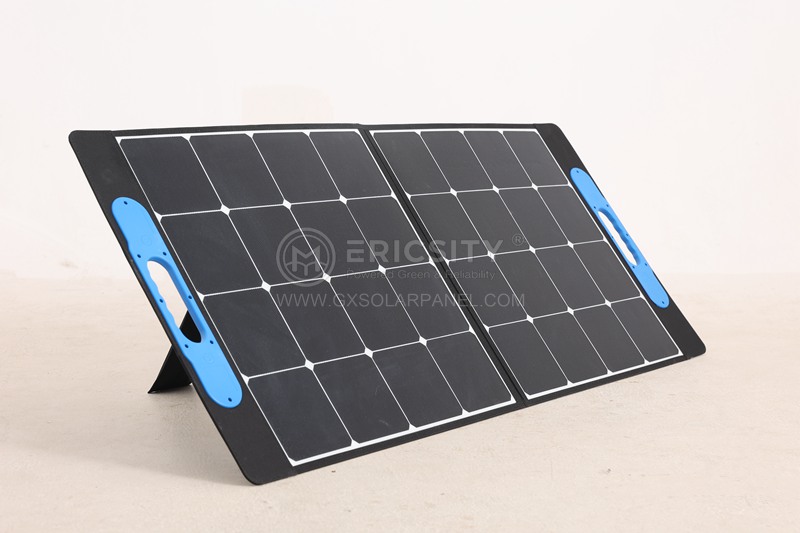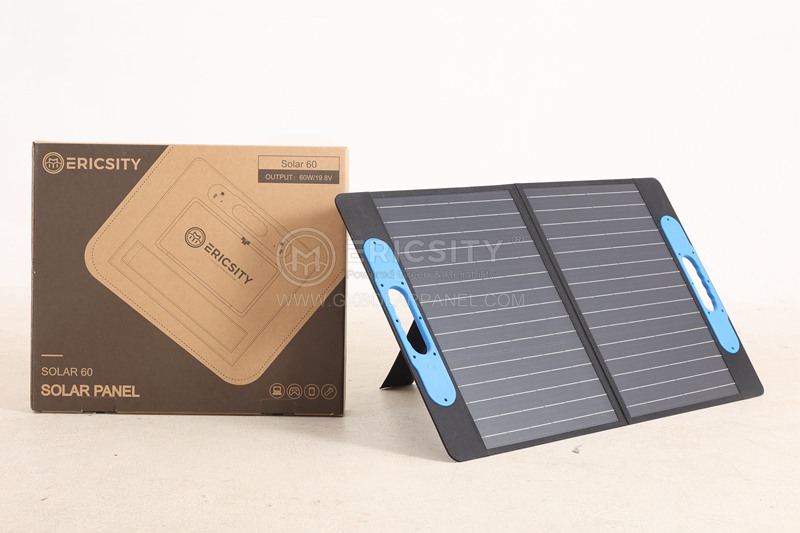HOT PRODUCT
Product Details
Semi-flexible Monocrystalline Vs. Polycrystalline Panels: A Comparative Analysis
Title: Semi-flexible Monocrystalline Vs. Polycrystalline Panels: A Comparative Analysis
Introduction
Solar energy has emerged as a popular and reliable renewable energy source, capable of reducing carbon emissions and providing sustainable power generation. When it comes to solar panels, there are various options available, including semi-flexible monocrystalline and polycrystalline panels. This article aims to provide a comparative analysis of these two types of panels, highlighting their features, advantages, disadvantages, and suitable applications.
Monocrystalline Solar Panels: Efficiency and Durability

Monocrystalline solar panels are made from a single, high-grade silicon crystal structure, ensuring their high efficiency. These panels have a sleek black appearance and are often considered more aesthetically pleasing compared to polycrystalline panels. Their efficiency is attributed to the uniform structure, which allows better electron flow.

The manufacturing process involves slicing the silicon into wafers, resulting in minimal wastage. Monocrystalline panels usually have a higher price tag due to the expensive production process, but the higher efficiency compensates for the extra cost over time.
Furthermore, monocrystalline panels are known for their durability and longevity. They typically come with longer warranties and exhibit excellent performance even in low light conditions. However, monocrystalline panels are rigid and not suitable for all types of installations, limiting their versatility.
Polycrystalline Solar Panels: Cost-effectiveness and Adaptability

Polycrystalline solar panels are manufactured using multiple silicon fragments. The production process involves melting silicon crystals together, resulting in a less homogeneous structure compared to monocrystalline panels. As a result, polycrystalline panels are recognizable by their blue hue and the presence of multiple crystals.
Cost-effectiveness is one of the major advantages of polycrystalline panels. Their manufacturing process is less expensive than that of monocrystalline panels, making them a more affordable choice. Although they are slightly less efficient than monocrystalline panels, the difference is not significant in most cases, especially when considering the cost savings.
The adaptability of polycrystalline panels is another notable feature. Due to their manufacturing process, polycrystalline panels can be made thinner and more flexible, allowing them to conform to various surfaces. This flexibility opens up possibilities for unconventional installations, such as on curved surfaces or portable applications like boats or RVs.
Comparison and Considerations
When choosing between semi-flexible monocrystalline and polycrystalline panels, several factors need to be considered. These include the available space, installation requirements, budget, and desired performance.
For installations where space is limited, monocrystalline panels are a better choice due to their higher efficiency. They generate more electricity in a smaller area, maximizing power output. Conversely, polycrystalline panels are beneficial in larger installations, where cost-effectiveness and adaptability play a vital role.

The desired performance also plays a crucial role. If high efficiency and performance in low light conditions are priorities, monocrystalline panels are ideal. On the other hand, if budget-friendly options and flexibility are more important, polycrystalline panels are a suitable choice.
Conclusion
In conclusion, both semi-flexible monocrystalline and polycrystalline panels deliver clean energy solutions with their own set of advantages and disadvantages. Monocrystalline panels offer high efficiency and durability but are less adaptable and come with a higher price tag. Polycrystalline panels, on the other hand, are cost-effective, flexible, and suitable for unconventional installations. The final choice depends on the specific requirements, budget, and available resources of each individual project. It is always recommended to consult with a solar energy professional to determine the best panel type for a particular solar installation.




